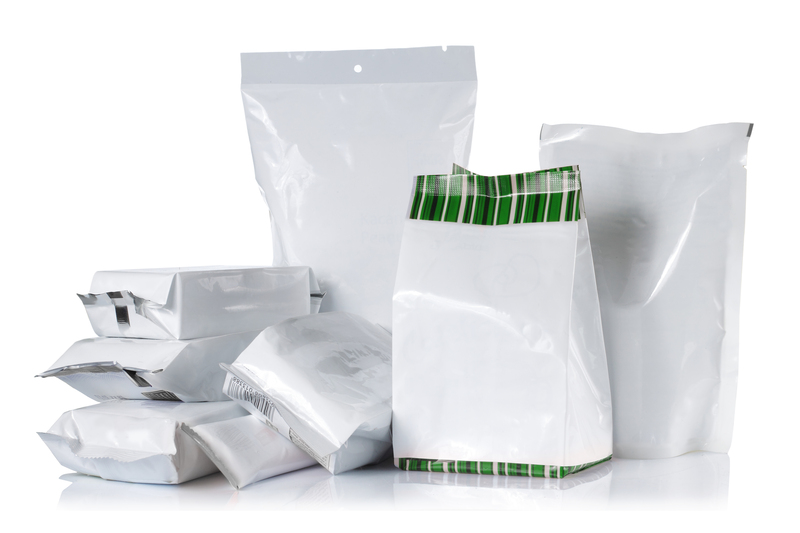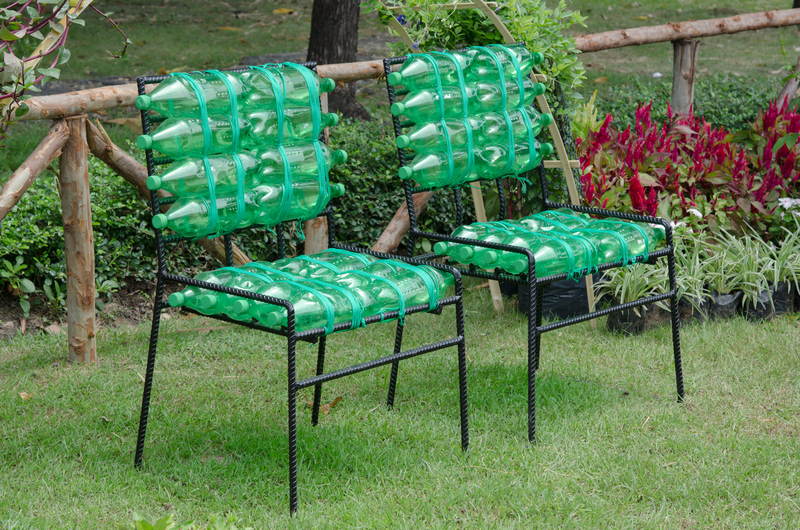Essential Steps for Safe PPE Waste Management
Personal Protective Equipment (PPE) has become an essential component in safeguarding public health and workplace safety. With the increased use of PPE such as masks, gloves, face shields, gowns, and respiratory equipment across various industries, the amount of PPE waste generated has skyrocketed. Proper disposal and management of this waste is critical to prevent environmental contamination, cross-contamination, and the spread of infectious diseases. In this comprehensive article, we will delve into the essential steps for safe PPE waste management and provide actionable insights for individuals, businesses, and organizations.

Why Is Safe PPE Waste Management Important?
The improper disposal of PPE can lead to severe environmental and health hazards. When PPE waste isn't managed correctly, it can:
- Cause environmental pollution by adding plastics and non-biodegradable materials to landfills and water bodies.
- Pose a risk of contamination and disease transmission to waste workers, healthcare personnel, and the community.
- Lead to the spread of hazardous pathogens during pandemics and infectious outbreaks.
- Increase costs for municipalities in managing contaminated and mixed waste streams.
Key Types of PPE Waste
Before outlining the steps for managing PPE waste, it's crucial to understand the different types of PPE that can become waste:
- Masks (surgical, N95, cloth): Often discarded by the general public and healthcare workers.
- Gloves (latex, nitrile, vinyl): Widely used in medical, industrial, and food sectors.
- Face shields and goggles: Used in healthcare and lab settings.
- Protective gowns and aprons: Common in hospitals and laboratories.
- Shoe covers and head covers: Used in cleanrooms and operating theatres.
Each type of PPE requires attention to material composition, contamination level, and the appropriate PPE waste disposal protocol.
Step 1: Segregate PPE Waste at the Source
Segregation is the foundation of any effective safe PPE waste management program. Here's how this should be done:
- Identify contaminated PPE: Separate used PPE that has been in contact with body fluids, blood, or suspected infectious material.
- Designate Color-Coded Bins: Use color-coded containers to distinguish between PPE waste and other waste types, following local regulatory guidelines.
- Keep bins accessible: Place waste collection points at strategic locations--entries, exits, and high-traffic areas in facilities.
Step 2: Correct Containment and Packaging
After segregation, appropriate containment of disposed PPE is critical. Best practices include:
- Use leak-proof, puncture-resistant bags or containers (preferably biohazard marked).
- Never overfill waste bags--leave enough space for proper sealing.
- If using sharp or rigid PPE (like face shields or goggles), dispose of them in hard-sided sharps containers.
- Seal waste bags securely using twist ties or heat sealing mechanisms before transporting for further processing.
Step 3: Safe Collection and Onsite Storage
Safe PPE waste collection policies ensure the safety of workers and minimize the risk of spills or exposure.
- Train staff: Ensure personnel are trained in the use of PPE, hand hygiene, and correct waste handling procedures.
- Temporary storage: Store collected PPE waste in a dedicated, well-ventilated location away from public access.
- Disinfect storage areas regularly to reduce microbial load.
- Ensure that storage time does not exceed recommended limits (typically 48 hours for infectious waste).
Step 4: Transportation to Disposal Facility
Transporting PPE waste requires completing several safety checks to prevent leaks, spills, or exposure:
- Label waste containers: Clear labeling with type and source of waste is essential.
- Use dedicated, closed vehicles designed for hazardous or biomedical waste transport.
- Provide vehicles with spill kits, hand sanitizers, and personal protective gear for drivers and handlers.
- Maintain transport records as per regulatory requirements for traceability.
Step 5: Environmentally Safe Disposal Methods
The final disposal route depends on the type and level of contamination of the PPE waste:
- Incineration: High-temperature incineration (above 800°C) effectively destroys pathogens and reduces waste volume. It is the most trusted method for contaminated PPE but can have environmental downsides due to emissions.
- Autoclaving: Steam sterilization (autoclaving) is suitable for non-plastic PPE items and inactivates microorganisms, making the waste safer for landfilling.
- Landfill disposal: Only after decontamination (through autoclaving or chemical disinfectants), PPE waste can be safely landfilled.
- Chemical disinfection: For small volumes, approved chemicals can be used; however, this is less practical for large-scale disposal.
- Recycling: Certain PPE components, if not biologically contaminated and made from recyclable materials, can be processed using specialized recycling streams.
Step 6: Monitor and Document PPE Waste Processes
Documentation and continuous monitoring ensure accountability and compliance:
- Maintain detailed logs of the amount, type, and source of PPE waste generated, treated, and disposed of.
- Conduct regular audits and risk assessments of your PPE waste management practices.
- Use digital tracking and barcoding to enhance traceability, especially in healthcare and industrial settings.
- Review disposal contractors' certifications to ensure compliance with safety standards.
Step 7: Educate and Train Staff on Best Practices
A safe PPE waste program is only as strong as the people who implement it.
- Conduct regular training: All staff, including cleaners and maintenance personnel, must be aware of correct disposal practices.
- Promote a safety culture: Encourage reporting of unsafe practices or incidents related to PPE waste handling.
- Provide visual guides, posters, and reminders near collection and disposal stations.
Common Mistakes in PPE Waste Disposal (and How to Avoid Them)
- Mixing PPE waste with general waste: This increases risks and can contaminate recycling streams. Always use dedicated PPE bins.
- Overfilling or improperly sealing waste bags: Leads to spills and exposure; fill bags only to two-thirds capacity and seal them tightly.
- Using regular trash cans for infectious waste: Regular cans are not designed for hazardous materials. Always opt for biohazard-marked containers.
- Lack of visible signage: Fails to direct proper waste disposal. Install clear, bilingual, or universally understood signs.
- Ignoring staff training: Leads to errors; periodic refreshers and spot checks help maintain standards.
Innovative Approaches to PPE Waste Reduction
As the global community seeks to minimize health and environmental impacts, newer approaches for PPE waste reduction are emerging:
- Reusable PPE solutions: Some sectors are shifting to reusable gowns, masks, and face shields that can be disinfected and safely reused.
- PPE recycling programs: Several companies are developing processes to recycle and repurpose single-use PPE, transforming waste into building materials or fuels.
- Biodegradable PPE: The development of masks and gloves from biodegradable polymers helps reduce environmental burden.
- Source reduction: Training and policy updates encourage the judicious use of PPE, reducing unnecessary consumption.
PPE Waste Management Regulations and Guidelines
Countries and organizations have developed guidelines for PPE waste management to ensure safe practices:
- World Health Organization (WHO): Provides international guidance on healthcare waste, including PPE.
- Occupational Safety and Health Administration (OSHA): Issues workplace safety and hazardous waste standards in the USA.
- Environmental Protection Agencies: Define local regulations for waste segregation, transport, and disposal.
- Local health and safety authorities: Set requirements for training, signage, and reporting.
How Can Households Manage PPE Waste Safely?
With the rise in PPE use by the general public, households need clear disposal guidance:
- Place used masks and gloves in a separate, tightly sealed bag before discarding them with household waste.
- Don't flush PPE down toilets--it causes drain blockages and contaminates water sources.
- Wash hands thoroughly after handling used PPE.
- Check for local community programs or collection points for PPE disposal.

Future Trends in Safe PPE Waste Management
The challenges posed by PPE waste disposal are stimulating investment and research into:
- Advanced disinfection technologies such as plasma and UV-C treatment for PPE waste.
- Automated collection systems using robotics for handling and segregating infectious PPE.
- Deployment of AI and IoT systems for real-time monitoring of waste streams and collection schedules.
- Improved supply chain management to balance PPE demand, reduce overuse, and integrate waste management planning.
Conclusion: Building a Safer, Healthier Environment
In summary, safe PPE waste management is integral to protecting public health, supporting environmental sustainability, and ensuring regulatory compliance. Organizations must:
- Segregate and contain PPE waste effectively;
- Provide safe collection, storage, and transportation mechanisms;
- Implement environmentally friendly and compliant disposal methods;
- Monitor and document all processes,
- And educate all stakeholders in proper handling procedures.